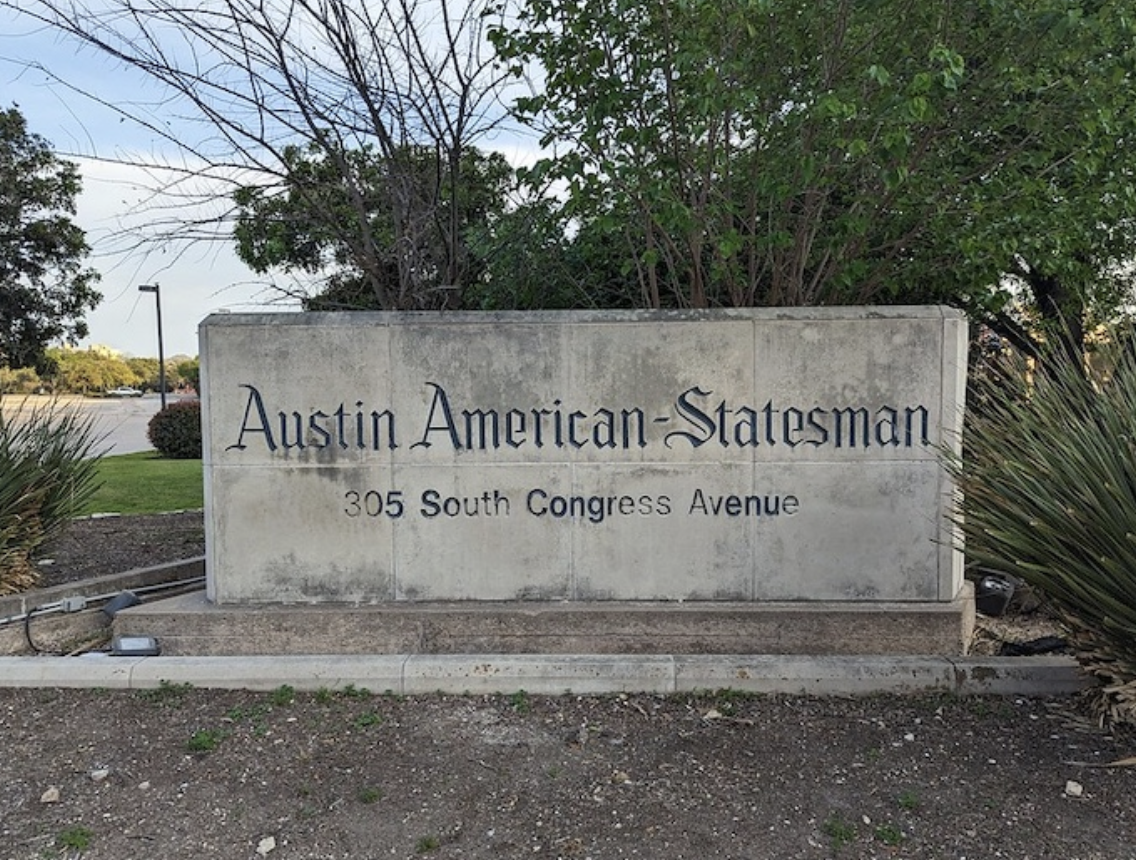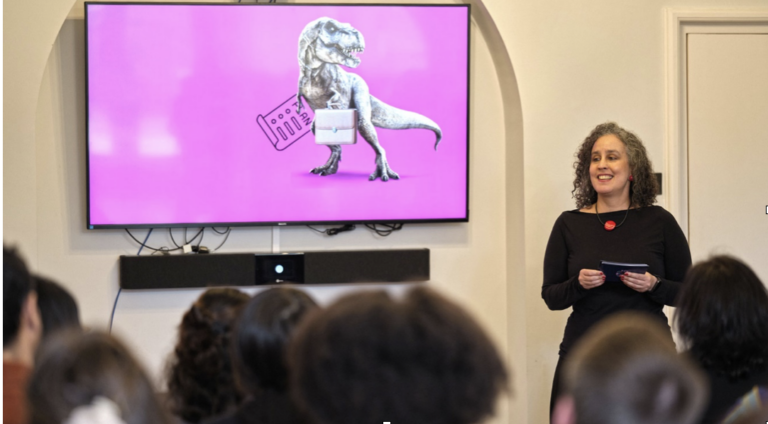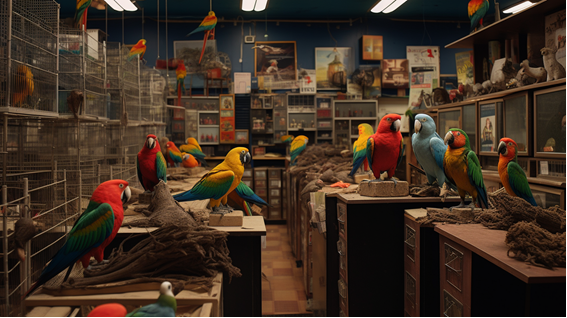What it takes to run a metro newspaper in the digital age, according to four top publishers
Source: Nieman Lab
"People will pay you to make their lives easier, even when it comes to telling them what burrito to eat."
By SOPHIE CULPEPPER
AUSTIN - In the wide-ranging, tense, and lively debates raging today over what the future of local news can and should look like, a vision of news as a nonprofit public good is increasingly popular among pioneering journalists and funders alike.
Yet for all the (well-deserved) excitement and attention generated by the growth of nonprofit newsrooms, especially at the local level, we know that growth has not yet outpaced the retrenchment of traditional for-profit media. Legacy print publications remain a critical part of the local news ecosystem in many cities. Across the U.S. and beyond, these outlets are rethinking their priorities and approaches to coverage, re-imagining how they reach audiences, and doing some practical and personal soul-searching about how to remain relevant and survive in an ever-evolving information and entertainment marketplace.
For some traditional dailies, such as the profitable Boston Globe, that experimentation is yielding some success. Others, like the Los Angeles Times, have resorted to major layoffs despite concerted efforts to modernize and reach new audiences. So what are the major challenges facing metropolitan newspapers today, and how are they trying to adapt? Those are the questions four leading metro newspaper editors from Texas, California and Canada explored in a panel at the International Symposium on Online Journalism (ISOJ) on April 13.
San Francisco Chronicle looks to a "post-search" world.
Emilio Garcia-Ruiz, editor-in-chief Chronicle, of the Hearst-owned San Francisco Chronicle, said the news industry was at "another major inflection point" with a "post-search, post-social world" on the other side of social traffic. diminishes and Google tests AI-generated summaries as a possible replacement for a link-based search infrastructure.
In their view, AI-generated search will ultimately offer users "a better experience than a bunch of links." But in a post-link world, he emphasized that news media must learn to build better direct relationships with audiences, rather than relying on technology companies, or even advertisers, as distributors or key partners. "It's really about us and us being able to build relationships with our community in a way that creates a bond that makes them pay for content," he said. "This is liberating for me. It means I kind of own my future, and if it doesn't work, it's my fault."
But in convincing consumers to pay for local news, Garcia-Ruiz cited the "Walmartization of pricing" as a major challenge. The New York Times, he said, is in the Chronicle market with "great penetration," offering a product that may seem impossible to compete with. "I refer to them as the Death Star, because they're now one of the top publishers in the world in terms of revenue; the rest of us are struggling," he said of the Times. (Other papers have made the same joke.)
Another "big problem" for local newspapers, Garcia-Ruiz said, is that "we have no idea how much to charge for our product."
"The world is in this massive discounting phase, where we're teaching our readers that what they have to do is sign up for a discount offer and, the moment it ends, cancel and then sign up again for another discount offer." he said. (The Chronicle offers a digital subscription that costs just $0.25 for three months). "Everyone is doing it and it's created a big problem."
"I'm having a hard time raising my rates with people saying, 'Well, why should I pay more for the San Francisco Chronicle than I do for the New York Times?" added Garcia-Ruiz. "If I want to be successful, I need them to not only pay more, but maybe two or three times what the Times charges."
Despite those challenges, the Chronicle is "quite successful" and profitable, Garcia-Ruiz said. It has about 151,000 digital subscribers. The Chronicle includes two separate brands: the print publication of the same name (and, since 2013, digital) and SFGate, which is scale-based and based on programmatic advertising. Garcia-Ruiz said he describes SFGate, which has about 50 people in its newsroom compared to the Chronicle's 170 journalists, to his staff as "the relative you don't like, who comes to dinner and who you fight with all the time."
The Chronicle must "win all the fundamentals of breaking news" to succeed, Garcia-Ruiz said. That means coverage that is fast, live, exclusive, and concretely useful is essential to deliver consistent value to paying subscribers. However, it's also important to think carefully about what kinds of innovative stories are especially valuable to local paying subscribers. As an example, he pointed to coverage of the Maui wildfires, which the Chronicle prioritized because many San Francisco residents’ vacation in Hawaii. In a single article, the Chronicle "identified all the landmarks that are sacred to the people of San Francisco" and followed up with detailed updates on their status, he said.
Garcia-Ruiz also strongly endorsed public service coverage as a form of reporting that motivates the public to read and subscribe, especially reports on food, weather, real estate, and travel, for example.
"People will pay you to make their lives easier, even when it comes to telling them what burrito to eat," he said. "We have to do more than the standard coverage that regional newsrooms have done forever."





